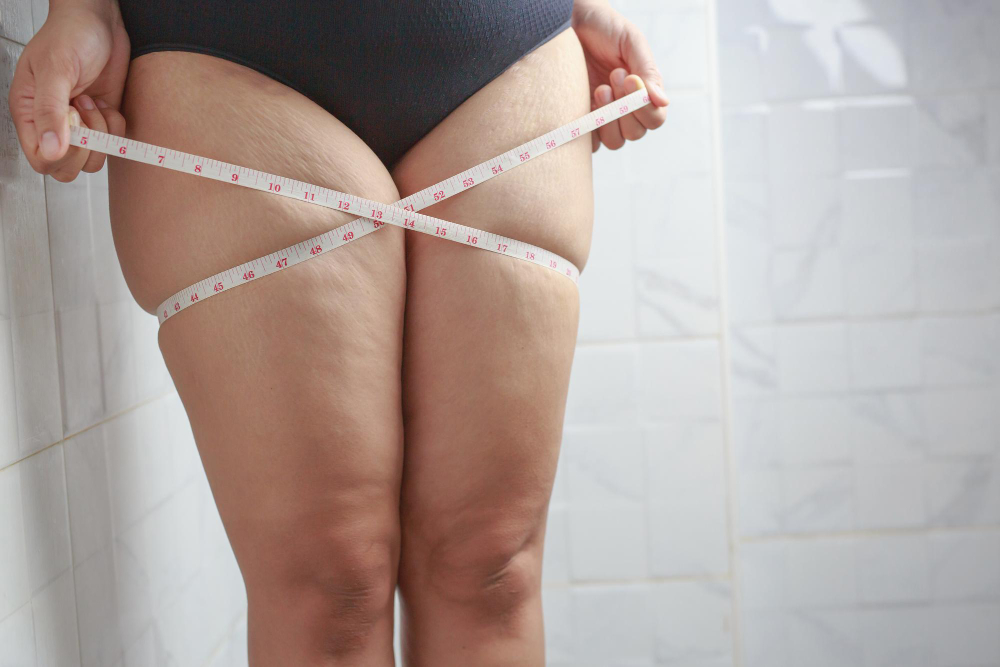Top Lipedema Symptoms You Shouldn’t Ignore

Lipedema is a misunderstood and often underdiagnosed condition that affects millions of people worldwide, predominantly women. Despite its prevalence, many individuals struggle to identify its symptoms early, resulting in delayed diagnosis and treatment. Recognizing the signs of lipedema is the first step toward effective management and improving your quality of life.
This blog post will walk you through the top symptoms of lipedema, provide insights into how the condition affects the body, and guide you on what to do if you suspect you may have lipedema. Whether you’re in the early stages of exploring this condition or actively seeking solutions, this information will empower you to make informed health decisions.
What is Lipedema?
Before we jump into symptoms, it’s important to understand what lipedema is. Lipedema is a chronic condition characterized by an abnormal buildup of fat tissue, typically in the lower body, such as the hips, thighs, and legs. This fat distribution is often painful and tends to worsen over time. Significantly, lipedema isn’t caused by obesity, although it is commonly mistaken as such, leading to frustration for those affected.
Early diagnosis is key to managing the symptoms effectively, which is why understanding the signs of lipedema is so crucial.
Key Symptoms of Lipedema
1. Disproportionate Fat Distribution
One of the hallmark symptoms of lipedema is a noticeable difference in fat distribution between your upper and lower body. For example:
- The hips, thighs, and legs may appear significantly larger than your upper body or torso, despite overall weight loss attempts.
- The fat buildup typically occurs symmetrically, meaning both sides of the body are equally affected.
This fat is resistant to diet and exercise, setting it apart from typical weight gain or obesity.
2. Painful Fat Tissue
Lipedema fat is not like normal fat.
- The affected areas are often sensitive to touch.
- Pain may occur spontaneously or when pressure is applied, such as during sitting or when wearing tight pants.
- People with lipedema frequently report a feeling of heaviness or aching in their legs.
3. Easy Bruising
Another common symptom is an increased tendency to bruise easily. This occurs due to the fragility of small blood vessels within the affected fat tissue. If you find yourself noticing bruises on your legs without injury or impact, it could be a sign of lipedema.
4. Swelling That Doesn’t Respond to Elevation
Lipedema causes swelling in the legs and lower body that doesn’t resolve with typical methods like elevating your legs or wearing compression garments. This symptom sets it apart from other fluid-retention conditions like lymphedema or general swelling from sitting or standing for long periods.
5. Skin Texture Changes
Many individuals with lipedema notice changes in the texture of their skin in affected areas. This can include:
- A dimpled or "cottage cheese" appearance, similar to cellulite
- Thicker or firmer skin in later stages of the condition
Skin texture changes are an important visual clue that healthcare providers look for during diagnosis.
6. Difficulty Walking or Climbing Stairs
The excessive fat buildup and associated pain can make mobility difficult. This is particularly true for tasks such as walking long distances, climbing stairs, or standing for extended periods. Left untreated, this can significantly impact an individual’s daily life.
7. Progressive Worsening Over Time
Lipedema symptoms typically worsen as the condition advances through its stages. Without treatment, the swelling and fat accumulation may spread to other areas of the body. For example, what begins as fat buildup in the thighs may eventually extend to the lower legs and arms.
Why is Lipedema Often Misdiagnosed?
Lipedema is frequently mistaken for obesity or lymphedema, leading to misdiagnoses that delay effective treatment. Here’s why:
- Lack of Awareness: Many healthcare providers are not familiar with lipedema, resulting in a lack of early identification.
- Symptoms Overlap: The symptoms can mimic other conditions, making it difficult to recognize without specialized knowledge.
- Stigma: Patients are often dismissed and told to lose weight, despite their efforts to do so through traditional means.
When to Seek Help
If you recognize any of these symptoms in yourself or a loved one, it’s essential to consult with a specialist to discuss your concerns. Early intervention can help slow the progression of the condition and improve your quality of life. A lipedema treatment center, such as Byrd Lipedema Treatment Center, is an excellent resource for expert guidance and support.
What Happens at a Lipedema Treatment Center?
A specialized lipedema treatment center offers personalized care tailored to your unique needs. Services may include:
- Comprehensive Diagnosis: Specialists use advanced techniques to properly diagnose your condition, ruling out similar conditions like obesity or lymphedema.
- Treatment Plans: These might include manual lymphatic drainage, compression therapy, or in some cases, liposuction designed for lipedema fat removal.
- Community Support: Education and support groups to help you connect with others who share similar experiences.
Taking the Next Step
Identifying the symptoms of lipedema is an essential step toward reclaiming your health and confidence. The sooner you take action, the better you can manage its progression and related complications.
At Byrd Lipedema Treatment Center, we specialize in comprehensive care for individuals with lipedema. Our team understands the challenges of this condition and is here to help you find relief and regain control of your life.
If you’re looking for expert care, schedule a consultation today and take the first step toward a healthier, more comfortable tomorrow.